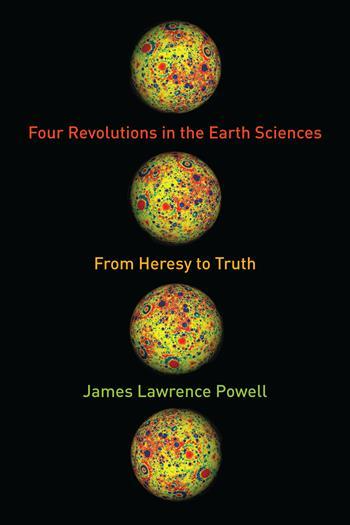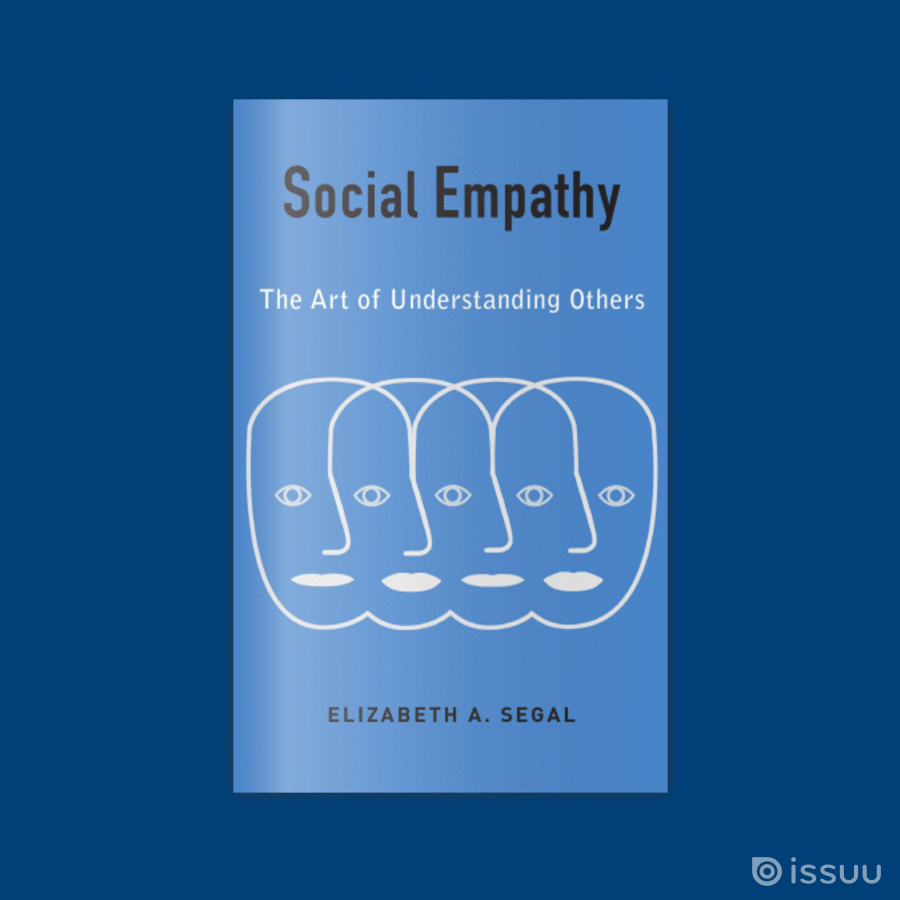"How can scientists be wrong for decades, yet science winds up being right?"
The following is an excerpt from the introduction to Four Revolutions in the Earth Sciences: From Heresy to Truth, by James Lawrence Powell.
During the twentieth century, scientists made four fundamental and surprising discoveries about the Earth: our planet is billions of years old, continents and ocean floors move, rocks as big as mountains fall from the sky, and humans are changing the climate.
When first proposed, each violated long-held beliefs and quickly came to be regarded as scientific, and sometimes religious, heresy. Then, after decades of rejection, scientists reversed themselves and came to accept each theory.Today, scientists regard deep time, continental drift, meteorite impact, and anthropogenic global warming as established truths.
The aim of [Four Revolutions in the Earth Sciences] is to describe how each idea originated, how it evolved into a full-fledged theory, why it was rejected for so long, and how it eventually came to be confirmed. How can scientists be wrong for decades, yet science winds up being right?
The four discoveries not only represent major advances in science but also, like findings in astronomy and evolutionary biology, confront us with profound and uncomfortable truths.
We learn that the Earth and the solar system are incomprehensibly older than all of human existence. If geologic time were compressed into a twenty-four-hour clock, Homo sapiens did not arrive until four seconds before midnight.
Although the continents appear to us not to move, they do, ceaselessly. The interactions among the moving plates and the continents they carry account for nearly all of the Earth’s surface features. “Solid as a rock” and “rock-ribbed” define stability, yet over deep time, rock can . ow like toothpaste.
Nearly every important fact about our solar system is the result of the chance collision of objects in space. Random impact created our Moon, gave each planet and moon its distinctive characteristics, and, more than 4.4 billion years later, destroyed 70 percent of species while sparing a lucky hamster-sized mammal, one of whose descendants is writing this book.
The discoveries from astronomy and earth science expose the infinitesimal standing of the human race in time and space. They force us to admit that we are the products of, and the potential victims of, random events. Then comes another surprise: merely by going about our business, we have altered the climate of an entire planet and now threaten civilization itself. Not only are we more powerful than we thought; we are dangerous, the most dangerous creatures on Earth.
Where science is concerned, we cannot trust our common sense. Things are not as they seem. That we have been able to make these four counterintuitive discoveries is a triumph of human intellect, a testament to our ability to observe effects and reason back to causes.
Science is like a great medieval cathedral built by generations of dedicated hands and minds. Each new addition rests on the structure below and in turn buttresses those that rise above. In time, parts of the cathedral need to be patched with new mortar. A wall may have to be replaced, a chapel added. But the magnificent structure abides, reaching ever higher.




1 Response